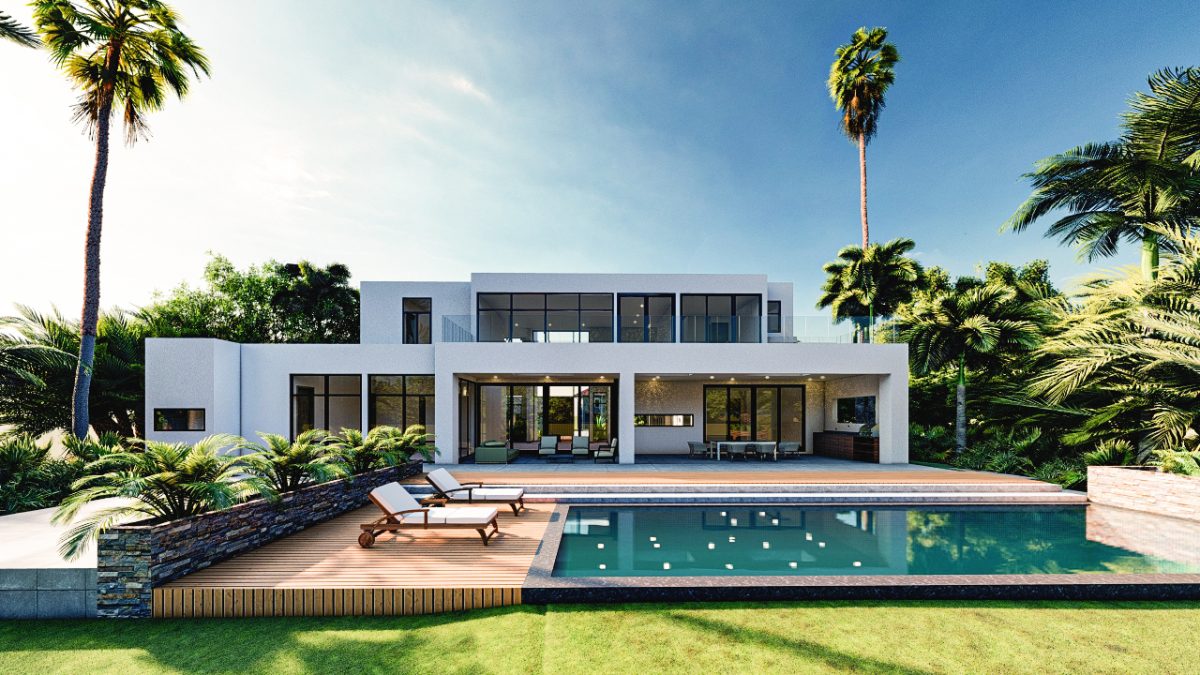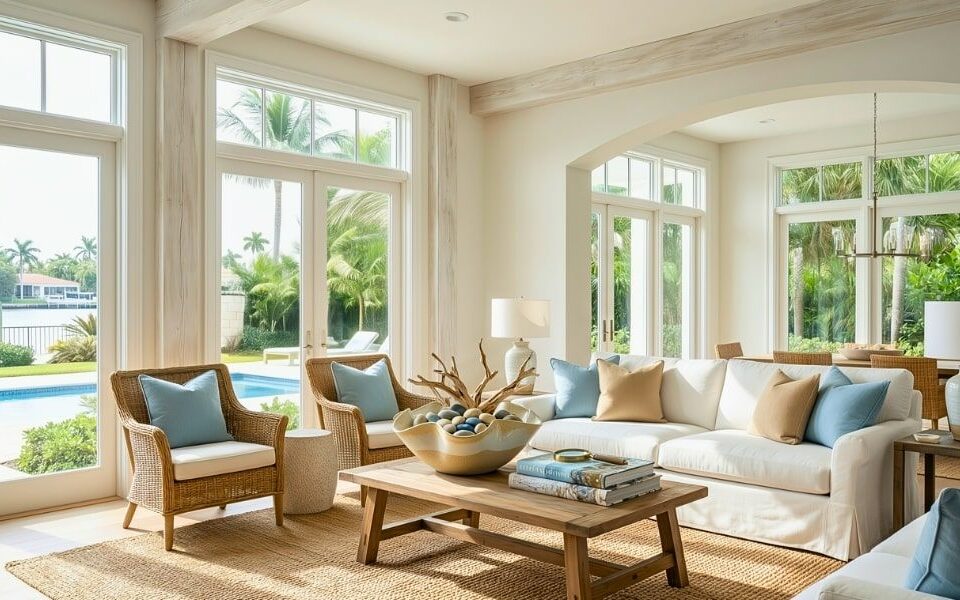Contemporary Architecture

Contemporary architecture, in its most literal sense, is architecture of the moment or that being produced now. Stylistically, it is innovative and forward-looking, incorporating free-form design with whimsical elements.
Contemporary or Modern? Clearing up the Confusion…
Contemporary architecture, by definition, is a changing phenomena, based on what is trendy at the moment, while modern style is based on a time period and does not change. Modern architecture came about in the early to mid twentieth century, breaking with Pre-Industrial Revolution traditional styles. It is defined by clean lines, ultra functionality and lack of adornment with whitewashed walls and minimal exterior expression. Its form follows its function, meaning that an object’s purpose determines what form it will take. The modern style, considered by many to be unfriendly and unwelcoming, needed a little softening. Post-modernism and deconstructivism grew out of the need to improve this aspect, and gave rise to the current contemporary style.
Contemporary design has its foundation in modernism even if it does not resemble it stylistically. Both forms are recognized by boxy, flat roofed structures, often with cantilevers and an expansive use of glass. The contemporary design, however, embraces more complex relationships with materials, colors and idiosyncratic touches, expressing a freedom from the clear structure and framing of the modern building. Contemporary and modern architecture overlap where the indoors meets the outdoors, where interior spaces merge with exterior spaces, creating a sense of openness, flow, natural light and warmth. Homes of this style often incorporate outdoor rooms with fire pits and alfresco kitchens as an extension of the living areas. Todays contemporary architects also design with energy efficiency and sustainablilty in mind, incorporating natural materials like wood, granite and bamboo as well as recycled materials.
If you are interested in more featured articles like this, let me know. Send me a note here.



